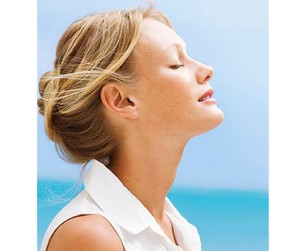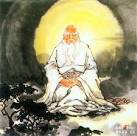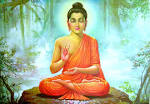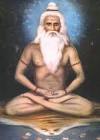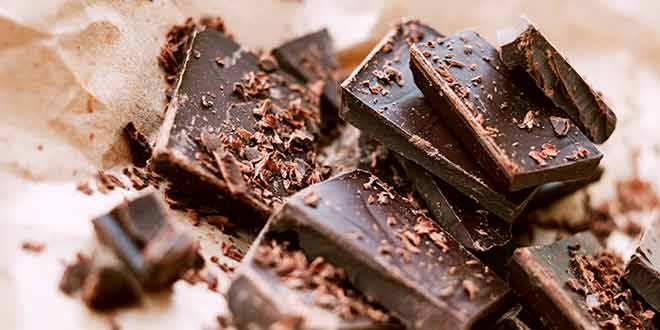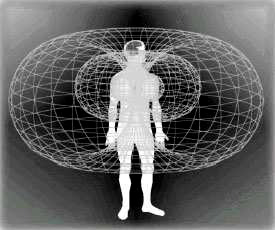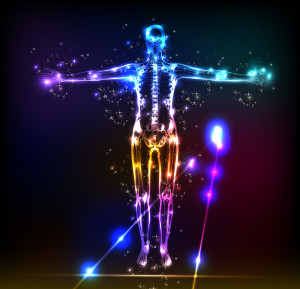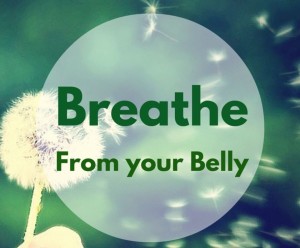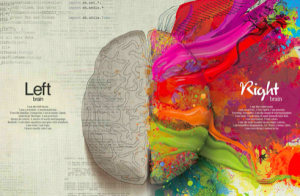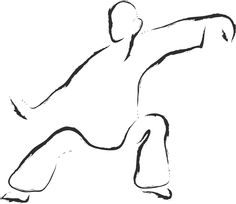BREATH PRACTICE — Breathing correctly is not only important for feeling better, living longer and disease prevention — it also to our mood and performing at our best. Ancient cultures were very focused on health sustainability and empowerment,. Pranayama from the Yoga and Ayurveda tradition and Qigong from tradition of traditional Chinese medicine are both very focused on the breath. Let’s look at the benefits of focused breath practice and deep breathing AND why you should make it part of your everyday living.
1. Breathing Detoxifies and Releases Toxins
Your body is designed to release 70% of its toxins through breathing. If you are not breathing effectively, you are not properly ridding your body of its toxins i.e. other systems in your body must work overtime which could eventually lead to illness. When you exhale air from your body you release carbon dioxide that has been passed through from your bloodstream into your lungs. Carbon dioxide is a natural waste of your body’s metabolism.
2. Breathing Releases Tension
Think how your body feels when you are tense, angry, scared or stressed. It constricts. Your muscles get tight and your breathing becomes shallow. When your breathing is shallow you are not getting the amount of oxygen that your body needs.
3. Breathing Relaxes the Mind/Body and Brings Clarity
Oxygenation of the brain reducing excessive anxiety levels. Paying attention to your breathing. Breathe slowly, deeply and purposefully into your body. Notice any places that are tight and breathe into them. As you relax your body, you may find that the breathing brings clarity and insights to you as well.
4. Breathing Relieves Emotional Problems
Breathing will help clear uneasy feelings out of your body.
5. Breathing Relieves Pain.
You may not realize its connection to how you think, feel and experience life. For example, what happens to your breathing when you anticipate pain? You probably hold your breath. Yet studies show that breathing into your pain helps to ease it.
6. Breathing Massages Your Organs
The movements of the diaphragm during the deep breathing exercise massages the stomach, small intestine, liver and pancreas. The upper movement of the diaphragm also massages the heart. When you inhale air your diaphragm descends and your abdomen will expand. By this action you massage vital organs and improves circulation in them. Controlled breathing also strengthens and tones your abdominal muscles.
7. Breathing Increases Muscle
Breathing is the oxygenation process to all of the cells in your body. With the supply of oxygen to the brain this increases the muscles in your body.
8. Breathing Strengthens the Immune System
Oxygen travels through your bloodstream by attaching to haemoglobin in your red blood cells. This in turn then enriches your body to metabolise nutrients and vitamins.
9. Breathing Improves Posture
Good breathing techniques over a sustained period of time will encourage good posture. Bad body posture will result of incorrect breathing so this is such an important process by getting your posture right from early on you will see great benefits.
10. Breathing Improves Quality of the Blood
Deep breathing removes all the carbon-dioxide and increases oxygen in the blood and thus increases blood quality.
11. Breathing Increases Digestion and Assimilation of food
The digestive organs such as the stomach receive more oxygen, and hence operates more efficiently. The digestion is further enhanced by the fact that the food is oxygenated more.
12. Breathing Improves the Nervous System
The brain, spinal cord and nerves receive increased oxygenation and are more nourished. This improves the health of the whole body, since the nervous system communicates to all parts of the body.
13. Breathing Strengthen the Lungs
As you breathe deeply the lung become healthy and powerful, a good insurance against respiratory problems.
14. Proper Breathing makes the Heart Stronger.
Breathing exercises reduce the workload on the heart in two ways. Firstly, deep breathing leads to more efficient lungs, which means more oxygen, is brought into contact with blood sent to the lungs by the heart. So, the heart doesn’t have to work as hard to deliver oxygen to the tissues. Secondly, deep breathing leads to a greater pressure differential in the lungs, which leads to an increase in the circulation, thus resting the heart a little.
15. Proper Breathing assists in Weight Control.
If you are overweight, the extra oxygen burns up the excess fat more efficiently. If you are underweight, the extra oxygen feeds the starving tissues and glands.
16. Breathing Boosts Energy levels and Improves Stamina
17. Breathing Improves Cellular Regeneration
18. Breathing Elevates Moods
Breathing increase pleasure-inducing neurochemicals in the brain to elevate moods and combat physical pain
{ 0 comments }
